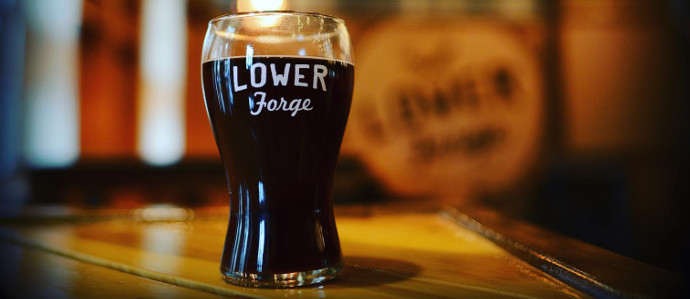Homebrewing for Newbies

With the economy the way it is, folks are having to reconsider the luxury items they purchase. If the thought of buying less desirable (but cheaper) beer is not a favorable option, then here's a better suggestion: homebrewing!
It’s affordable, a ton of fun, and a 5 gallon batch can yield 50+ bottles of some fine-tasting suds you’ll be proud to share with your friends. Today, I won't be talking about a “step-by-step” so much as a “how-to” on getting the ball rolling on your amateur beer career in the kitchen.
First, a bit of history!
In early 1979, Jimmy Carter signed legislation repealing federal restrictions on brewing beer in the home, restrictions that lingered on the books for nearly 50 years after the repeal of the Volstead Act by the 21st amendment. Each individual in the household over 21 years of age is permitted to brew up to 100 gallons of beer a year! This beer is intended to be enjoyed with friends and family. Any attempt to sell it will not be looked upon favorably by the Liquor Control Board, nor will it land you a role on Boardwalk Empire.
Getting started requires a modest amount of money and equipment. A stop by Philly’s own Home Sweet Homebrew or Barry’s Homebrew Outlet is a good start. Each can provide you with preassembled kits that include fermenting buckets, carboys, hoses, and bottling equipment, as well as nice little “getting-started” pamphlets that make your first batch a breeze. A three to five gallon stockpot is also required for your boil.
For beginners, “extract” batches are the way to go and can be purchased pre-assembled, with extract, hops, and yeast all included to form a particular beer style. The malt extract comes either dry or in syrup form. With extract batches, the “mashing” process has already been done for you, meaning the syrup or powder is already made up of fermentable sugars and is ready to make sweet wort (unfermented beer) in the boil.
Note: When ready, the homebrewer can graduate to an “all-grain” process, in which the grains are steeped to activate the enzymes that convert starches to fermentable sugars. This process is a little more labor intensive and will require additional equipment, but is also most akin to what your favorite production brewer does.
So go ahead and get brewing! The books, stores, and online forums available to help you are endless. Stop by one of the shops listed above for reading material and to ask questions about getting started. After three to five weeks of fermentation and conditioning, you’ll be the friend everyone wants to stop by and see!
Joel lives is South Philly with his wife. Besides exploring the great bar and beer scene in Philly, he also enjoys cycling and listening to records. He currently is a Wash Cyclist for Wash Cycle Laundry.
Related Articles:
























